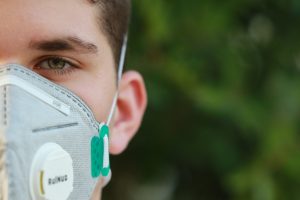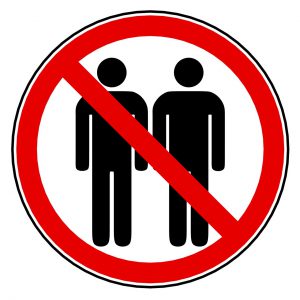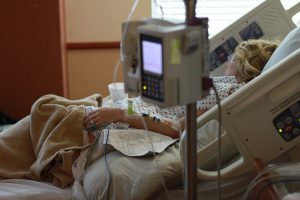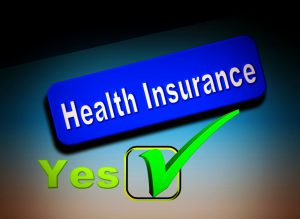According to the CDC, as of April 8, 48 U.S. states and 1 U.S. territory have reported some community spread of the coronavirus. Of these states, New York has the most confirmed cases and has seen 779 deaths in the state in one 24 hour period, the highest one-day total so far. With social distancing and stay at home orders being put into effect, there is still hope of the curve of infection flattening. However, researchers project this week and next week to see the peak of COVID-19 infections.

Trump Says U.S. Could Reopen Soon
On Wednesday, April 8, President Trump said he would like to reopen the U.S. economy, but only once the death rate begins to slow. There is not an official timeline for when businesses will begin to reopen, but his chief economic adviser has said that it could happen in 4-8 weeks.
CDC Issues New Return-To-Work Guidelines
The CDC has now said that essential workers who have been exposed to people infected with Coronavirus can go back to work as long as they don’t feel sick. However, because it is possible to be asymptomatic and still spread the virus, the CDC director, Dr. Robert Redfield, has issued the following workplace guidelines to protect all essential workers and the people they come in contact with:



- Employees must take their temperature before heading to work.
- Face masks must be worn at all times.
- Practice social distancing as much as possible, don’t overcrowd break rooms, etc.
- Avoid sharing headsets and other equipment that touches the face.
If employees develop any symptoms, then employers should send them home immediately. Dr. Redfield also notes that companies should increase air exchange in their buildings, as well as regularly clean and disinfect surfaces.
WHO Lists 2 Tests For Emergency Use
In order to help increase access to quality-assured, accurate tests for COVID-19, the WHO has listed 2 tests for emergency use during the pandemic. The two tests are genesig Real-Time PCR Coronavirus (COVID-19) and cobas SARS-CoV-2 Qualitative assay for use on the cobas® 6800/8800 Systems.
“The emergency use listing of these products will enable countries to increase testing with quality assured diagnostics,” says Dr Mariângela Simão, WHO Assistant-Director General for Medicines and Health Products. “Facilitating access to accurate tests is essential for countries to address the pandemic with the best tools possible.” There is no word yet on the availability of these tests in the U.S.
WHO, Lady Gaga & Global Citizen To Host Global Concert
International advocacy organization Global Citizen and the World Health Organization (WHO) have announced that they will host a globally televised concert, One World: Together At Home. The global concert is set to air on Saturday April 18, 2020 to celebrate and support healthcare workers, help unify people during the pandemic, and raise funds to fight the pandemic.
According to the WHO’s website, along with Lady Gaga, the broadcast is set to include Alanis Morissette, Billie Eilish, Billie Joe Armstrong of Green Day, Chris Martin, David Beckham, Elton John, Idris and Sabrina Elba, John Legend, Kacey Musgraves, Keith Urban, Kerry Washington, Lizzo, Paul McCartney, Priyanka Chopra Jonas, Shah Rukh Khan, Stevie Wonder, and many more artists and celebrities.









